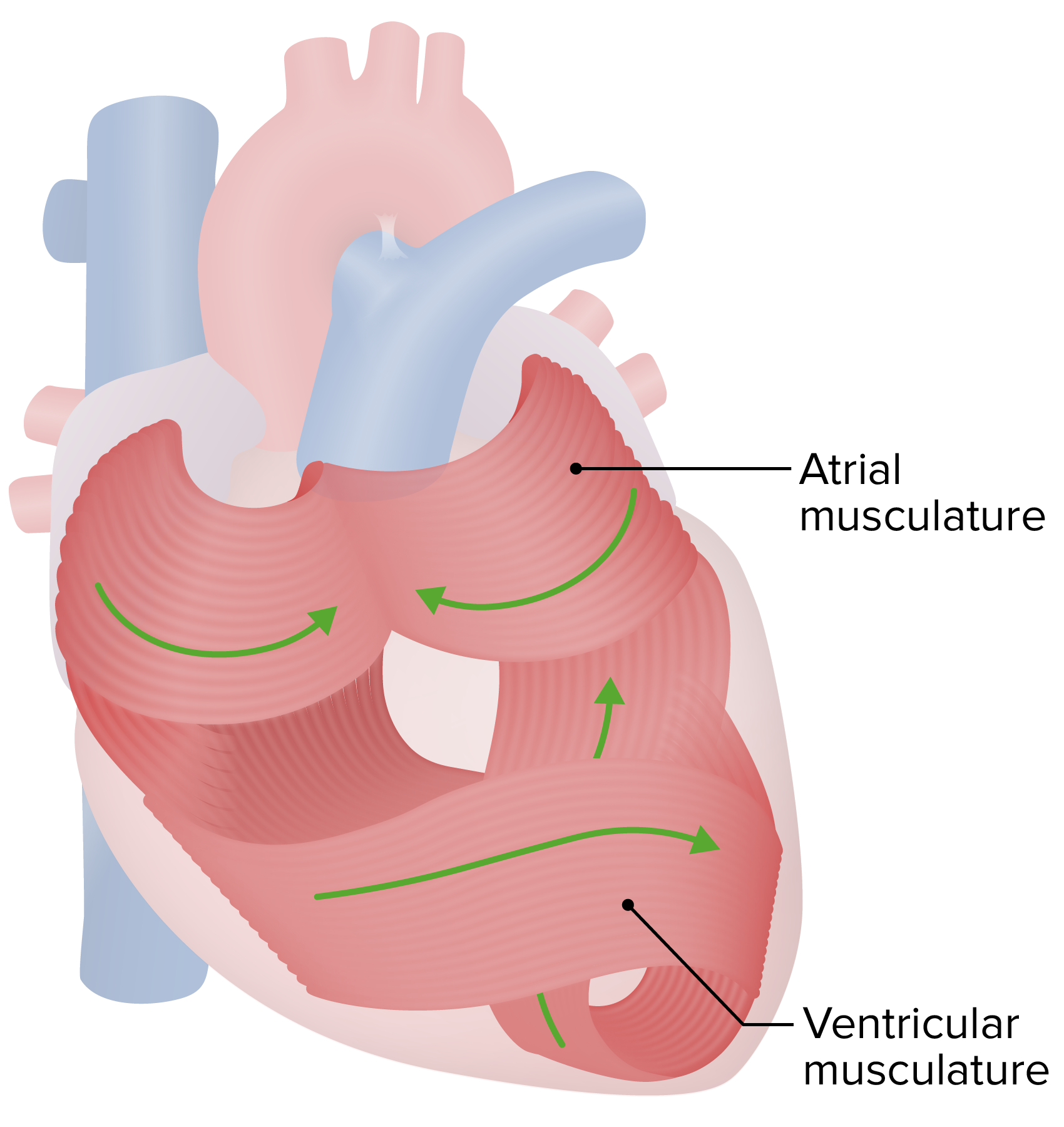Playlist
Show Playlist
Hide Playlist
Ectopic Foci and Abnormal Conduction – Heart Rate and Electricity
-
Slides Heart Rate and Electricity.pdf
-
Download Lecture Overview
00:01 Now, what happens if you don't get that conduction past the AV node? Remember, Purkinje fibers can beat on their own. 00:12 They beat very slow, though, right? 30 to 40 beats per minute. 00:17 That’s a slow, slow beat. 00:21 But if you don't get enough information, they will take over and beat anyway. 00:26 And these generate ectopic foci, a place in the ventricle, that decides, I didn't get enough information, I don't know when I should beat, I'm just going to beat anyway, you can't stop, I’m beating because, you know, why not? That's what happens. 00:44 They take over their heart rate and they will beat on their own if they don't get enough signal. 00:50 So, unless you get SA node, AV node signals down the ventricular myocytes and the Purkinje fibers will take over beating. 01:00 This causes havoc. 01:03 It makes the QRS complex very wide and creates a process called a premature ventricular complex. 01:12 And these PVCs are seen very often in electrocardiogram. 01:17 And the reason why they happen is because the Purkinje fibers did not get signal from the SA node or the AV node. 01:27 You might ask, at this point, well, why don't they beat on their own anyway? I mean, because, you know, they have that intrinsic rhythm, right, 30 to 40 beats. 01:38 The reason why they normally don't take over beating is because every time an action potential comes through, it resets the clock. 01:48 So, if you have something like a sinoatrial node that beats 60 to 100 times per minute, it's going to reset the clock of the AV node and Purkinje fibers every time it happens. 01:59 So, you'd have to have a block in the system for those other pacemaker cells to take over.
About the Lecture
The lecture Ectopic Foci and Abnormal Conduction – Heart Rate and Electricity by Thad Wilson, PhD is from the course Cardiac Physiology.
Included Quiz Questions
Which of the following ECG abnormalities is seen with premature ventricular complexes?
- Wide QRS complex
- Irregular ventricular response
- Variation in P wave contour
- Absent QRS complex
- P wave after QRS complex
Customer reviews
5,0 of 5 stars
| 5 Stars |
|
1 |
| 4 Stars |
|
0 |
| 3 Stars |
|
0 |
| 2 Stars |
|
0 |
| 1 Star |
|
0 |
I like professor Thad's lectures. He explains a little bit slow but is great because for non-english native speakers is good for understand the main concept of the lecture




